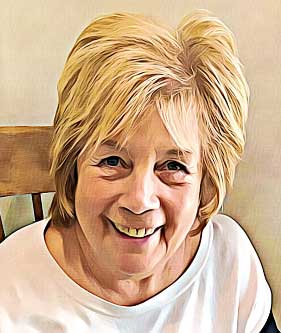Equine therapy involves interaction with horses such as horseback riding and is considered to be an alternative therapy. Originally intended to help individuals recognise negative patterns of behaviour, it also been used effectively to help treat disabled children. Much emphasis is placed on the bond between the participant and animal as well as the communicative aspects of the activity.
History
Equine therapy can be traced back to 19th Century physician Cassaign. He encouraged horse-riding for his patients suffering from mental and physical problems such as immobility and neurological disorders.
The method also owes much to polio sufferer Lisa Hartel who in the 1940s, overcame her affliction through horse riding – she actually went on to win silver medals at two separate Olympic Games. It has only recently become an established method of therapy.
Method
Equine/Horse Riding Therapy is experiential in its approach, which means that individuals are encouraged to learn through authentic experiences. It is similar to Animal Assisted Therapy and shares similar concepts. Both practices provide people with opportunities to meet others through shared interests and encourages participants to learn nurturing skills and responsibility.
How can Equine Therapy help?
Also known as Equine Human Relaxation Therapy, the approach is useful for many people. Because it encourages physical and social development, it is widely used for children and young people. However, the physical element is also of benefit for the disabled. Moreover, the sensory and cognitive elements are helpful for treating people with Down Syndrome, learning problems and retardation.

